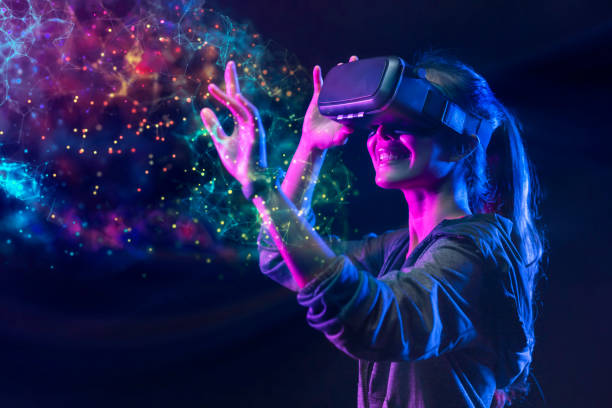Seeing Beyond Reality: How Augmented Reality is Revolutionizing Our World
Augmented Reality (AR) is a technology that superimposes computer-generated images and information onto the real world, enhancing the user's perception of their surroundings. With AR, users can interact with virtual objects and information in real-time, creating an immersive and interactive experience.
How Does Augmented Reality Work?
AR technology uses a combination of sensors, cameras, and computer algorithms to detect the user's environment and overlay virtual content onto it. The user's device, such as a smartphone or AR headset, captures images of the real world and sends them to a computer for processing. The computer then identifies objects and surfaces in the image and overlays virtual content onto them. The user can interact with the virtual content through their device, either by touching the screen or using voice commands.
Applications of Augmented Reality
AR technology has numerous applications in fields such as education, entertainment, marketing, and healthcare. Here are some examples of how AR is being used today:
1. Education: AR can enhance learning by providing interactive and immersive experiences. For example, students can use AR to explore historical sites or learn about the human body by interacting with virtual organs.
2. Entertainment: AR is being used in gaming and entertainment to create immersive experiences for users. For example, the popular game Pokemon Go uses AR to overlay virtual creatures onto the real world, allowing users to catch them in real-time.
3. Marketing: AR is being used in advertising and marketing to create interactive experiences for customers. For example, AR can be used to overlay virtual clothing onto real models, allowing customers to see how the clothes look before purchasing.
4. Healthcare: AR is being used in healthcare to assist with medical procedures and training. For example, surgeons can use AR to overlay virtual images onto a patient's body, helping them visualize the procedure and reduce the risk of errors.
Benefits of Augmented Reality
AR technology has several benefits, including:
1. Enhanced user experience: AR provides users with an interactive and immersive experience that enhances their perception of the real world.
2. Increased engagement: AR can increase engagement with products and services, leading to increased sales and customer satisfaction.
3. Improved productivity: AR can be used in fields such as manufacturing and logistics to provide workers with real-time information and instructions, improving efficiency and reducing errors.
4. Cost savings: AR can reduce the need for physical prototypes and models, saving time and money in product development.
Conclusion
Augmented Reality is a rapidly growing technology that has numerous applications in various fields. It provides users with an immersive and interactive experience that enhances their perception of the real world. As AR technology continues to advance, we can expect to see even more exciting developments in the years to come.

.jpg)


Comments
Post a Comment